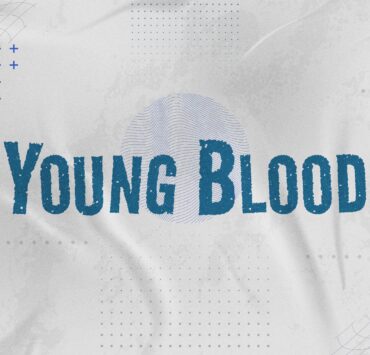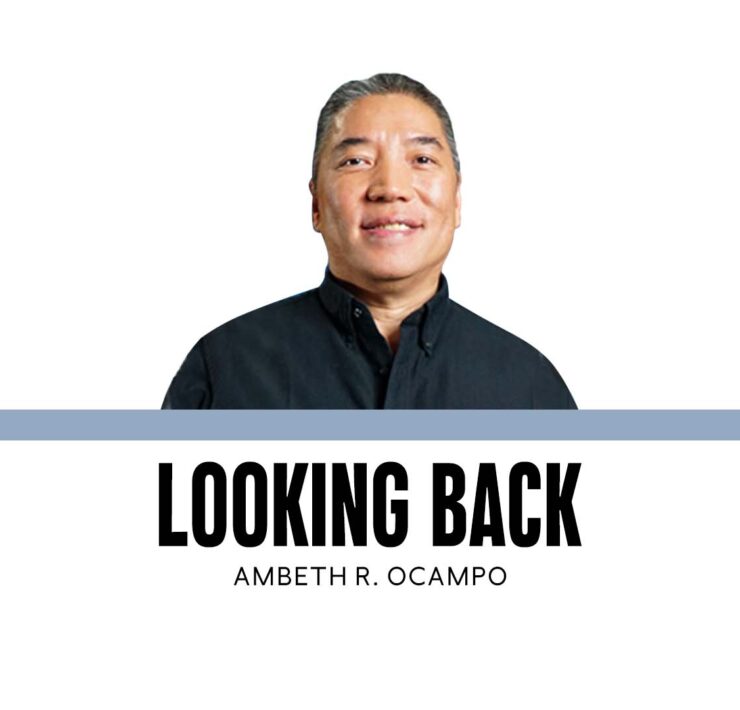Philippine history stored abroad

Analyn Salvador-Amores, professor of anthropology at the University of the Philippines Baguio, may not fit the image of the swashbuckling anthropologist Indiana Jones, but her work is real, not reel. For many years now, Amores, “Ikin” to friends, has been on the hunt in German and American museums for artifacts from the Cordilleras. It is not well known that museums abroad have collections from the Philippines collected as early as the 19th century, that are not exhibited in museums but lie peacefully in storage waiting for Filipino scholars to find and learn from them.
When I first started doing archival research in the 1980s, I realized that many Filipino scholars had to go abroad to consult the primary source, historical documents, and artifacts for their work. In my time, one could request photocopies—boxes and boxes of them—but in Jose Rizal’s time, without a smartphone or a photocopier, one had to read and retain as much in one’s head as possible, and to do that, he had to copy out, by hand, whole texts. He did so in the British Museum in 1888, copying one of two early editions of Antonio de Morga’s “Sucesos de las islas Filipinas” or “Events in the Philippine Islands” (Mexico, 1609). Rizal then annotated the text for the readers of his time and published his edition in Paris in 1890. He was so engrossed in his historical work, he only made one passing reference in one of his letters about the Jack the Ripper murders that occurred from Aug. 31 to Nov. 9, 1888. Incidentally, I once saw Rizal included on a website that listed all the suspects in the Jack the Ripper murders.
Unlike Rizal, Amores conducts her research with 21st-century technology. Using archival research for her monograph on 19th-century German travelers who collected artifacts from the Cordilleras, she is able to provide provenance, documenting a sequence of ownership that connects museum artifacts abroad to their places of origin. Then, with cooperation from institutions abroad, like the University of Michigan Museum of Anthropology and the university’s “Recollect/Reconnect” initiative, digital repatriation is possible.
In my last column, I wrote about my visits to the Berlin Ethnographic Museum and the Ethnology Department of the Dresden Museum to see the artifacts donated by Jose Rizal (see “Rizal’s hat in Berlin,” 10/10/25). The Berlin collection dates to 1888, when Rizal was busy annotating “Sucesos de las islas Filipinas.” The Dresden collection dates from his exile in Dapitan from 1892 to 1896. Aside from ethnographic objects, Rizal collected and sent to Dresden: sea shells, fish, reptiles, butterflies, and other insects from Dapitan that have not yet been looked into. I was not able to see these on my two trips to Dresden because they are stored separately from the ethnographic objects in the natural history department. I am not a natural scientist, but I can imagine how important these specimens are in a historical study of Philippine biodiversity. How many of these specimens are found only in Dapitan? How many are extant or extinct? These museums are very open to Filipinos who carry with them local and specialized knowledge that contributes to their existing database.
Thanks to our participation in the 2025 Frankfurt Book Fair, Amores, documentary filmmaker Jay Ignacio, and I were welcomed into the off-site storage of the Weltkulturen Museum in Frankfurt by curator Vanessa von Gliszczynski. We all felt like children let loose in a candy store. A small selection of objects was prepared on a table for us to see. These included a very distinctive “bulul” or granary god of Philippine hardwood that I felt would not feel out of place in a tasteful home ornamented with Philippine modern art. There were two wooden Kalinga shields whose stylized representation we see on the seal of the Philippine National Police, in the wrong inverted position. There were some very finely made lowland Christian hats, some kris (though I wondered if they had specimens with the iconic wavy blade, sometimes depicted in the paws of the heraldic beast with a lion’s head and dolphin’s tail that is found in the seals of the city of Manila, the archdiocese of Manila, and the president of the Philippines). My favorites in the assortment were two chain-mail armors from Mindanao whose distinct protective features are pieces of carabao horn. It is rare to find these with the paired Spanish-style brass helmet.
The objects on the table were like mere appetizers for a full-course meal. Amores and I asked for a printout of the catalog, where we marked out additional items we wanted to see. After we finished the catalog, I asked to browse over all the items in the storage cabinets that were open and waiting. There were items on shelves; smaller items or those that needed to be laid down flat were in drawers. There were textiles (we saw samples of piña and Itneg weave) and clothing (a blouse from Mindanao with fine embroidery and metal sequins and a pair of Bagobo pants). One day, Filipino scholars will locate and identify all of these. Each cabinet, each drawer a time capsule into the Philippine past.
—————-
Comments are welcome at ambeth.ocampo@inquirer.net
Ambeth is a Public Historian whose research covers 19th century Philippines: its art, culture, and the people who figure in the birth of the nation. Professor and former Chair, Department of History, Ateneo de Manila University, he writes a widely-read editorial page column for the Philippine Daily Inquirer, and has published over 30 books—the most recent being: Martial Law: Looking Back 15 (Anvil, 2021) and Yaman: History and Heritage in Philippine Money (Bangko Sentral ng Pilipinas, 2021).


















5 problems with Trump’s Gaza peace plan